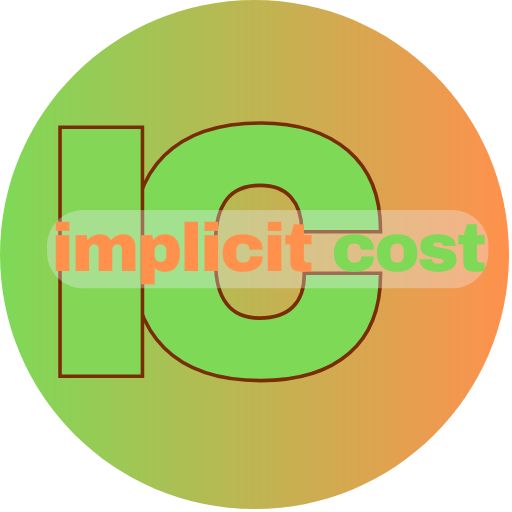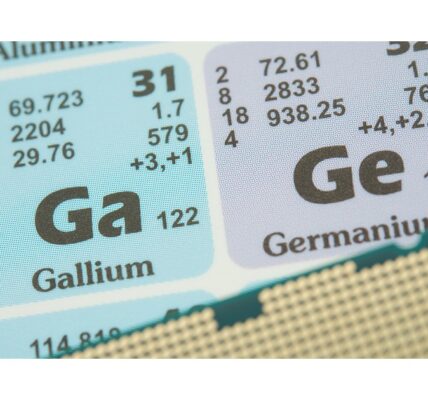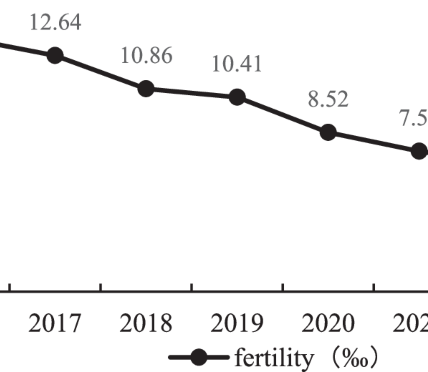The faster and easier these securities are traded, the greater the liquidity and the slimmer the spread between the two prices. The opposite is also true.
In an ETF with widely traded underlying securities that tracks large market indexes, such as the S&P/TSX or the S&P 500, bid-ask spreads are at most a few cents. For instance, a bid price might be $19.98, while the ask price might be $20.02. However, for an emerging markets equity ETF with lower trading volumes, spreads tend to be wider, ranging from $0.04 to $1.00. (See the table below).
Bid-ask spreads should always be considered in basis points (bps), not dollars and cents, warned Laurent Boukobza, vice-president and ETF strategist with Mackenzie Investments, as basis points more accurately express how proportionate a spread is to the ask price.
“For example, a $0.02 spread on an ETF trading at $20 would amount to 10 bps. If an ETF trades at $100 and has a $0.08 spread, it amounts to only 8 bps. At first glance, $0.08 looks higher than $0.02, but when expressed in basis points, it actually reflects a lower cost to the investor,” Boukobza explained.
—————————
Table: Typical and median bid/ask spreads for various types of ETFs, in basis points
|
Typical bid-ask spread |
Median |
|
| Canadian equities |
3 to 17 |
9 |
| U.S. equities |
2 to 20 |
9 |
| Emerging markets equities |
4 to 100 |
39 |
| Investment grade bonds |
2 to 26 |
13 |
| High yield bonds |
11 to 100 |
34 |
Source: National Bank Financial Markets
————–
Another tip: do not confuse liquidity and volume, warned Frédéric Viger, managing director and co-head of institutional sales – ETFs with National Bank Financial. “Whether an ETF is trading or showing high volumes is not what matters; it’s liquidity that’s important,” he added. “Volume matters for equities, not ETFs. If the XIU [iShares S&P/TSX 60 Index ETF] were launched today, it would have no volume for this ETF but definitely high liquidity. Volume can certainly tell us something, but it’s only one indicator. A smaller ETF might have a smaller volume than another, yet the same liquidity.”
Another component of bid-ask spreads is the liquidity in the ETF secondary market, in which natural buyers and sellers interact. This amounts to another layer of liquidity, which can narrow the spread.
There are also considerations specific to the ETF issuer and market maker, including the designated broker, two key players in determining the bid-ask spread.
Creation and redemption fees
First, fund issuers typically charge fees to market makers for the creation and redemption of ETF units. These charges are typically reflected in the bid-ask spread.
There are two different types of transactions: in-kind or cash. An in-kind transaction is an exchange involving a basket of the ETF’s underlying securities and the ETF’s units. Accordingly, ETF units are introduced into or withdrawn from the market. North American ETF markets mostly rely on in-kind transactions, Boukobza said, which generate no additional costs.
That being said, for ETFs holding overseas assets, including from European or emerging markets , in-cash creations and redemptions are the norm. And these transactions incur fees from market makers, which widen bid-ask spreads.
Market makers submit underlying securities to the ETF manufacturer for unit creations or redemptions in accordance with minimum quantities set by the ETF issuer, known as the prescribed number of units (PNU).
ETF units are not created or redeemed each time an ETF is bought or sold in the market. “Instead, ETF market makers accumulate positions in an ETF until they get to a minimum size (one PNU), at which point the designated broker (or authorized participants) is able to create or redeem the fund,” TD Securities explained in a February 2024 report.
PNU size has a decisive impact on inventory levels for ETF market makers, as it determines how often they can create or redeem the fund.
“A higher PNU can result in higher spreads, as the market makers are required to carry the risk until they have accumulated enough underlying assets or ETF units to create/redeem,” read an August 2023 study from CIBC Capital Markets.
According to TD Securities, the median PNU size was 25,000 in 2023, down from 50,000 in 2022.
For ETFs with high trading volumes, a larger PNU size is more appropriate, but the opposite is true for ETFs with lower trading volumes. However, in the time required for the ETF market maker to replenish its basket of securities up to delivery to the ETF manufacturer, it incurs transaction costs, changes in the price of securities and hedging costs. These costs are reflected in bid-ask spread costs.
Another cost included in spreads involves ETF “sampling,” a design method primarily used by fixed-income funds. In such situations, CIBC explained that, instead of fully replicating the benchmark’s basket of securities, the ETF’s underlying assets are designed by taking a sample reflecting a portion of the benchmark’s basket of securities. ETF manufacturers that offer market makers sampling techniques that are inefficient or incorporate illiquid securities may experience higher bid-ask spreads.
“If the issuer of an ETF does not offer this [sampling] option, it can make life harder for the market maker and increase its costs,” Viger noted. This widens the bid-ask spread.
More complex ETFs, such as fund-of-funds or those that use option strategies, may make hedging more challenging for market makers, driving their spreads higher. And ETFs that don’t disclose their underlying assets in real time may also experience wider spreads.
Yet, the most influential factor is the level of market risk, as market makers’ costs of hedging their positions may grow in turbulent times, driving up bid-ask spreads.
A Canadian ETF holding U.S. underlying assets, for example, will see its spread widen on days when Canadian stock markets are open but their U.S. counterparts are closed for a statutory holiday. “A Canadian ETF consisting of U.S. securities may be faced with a closed U.S. market. In such cases, the market maker charges a fee, as they’re unable to hedge their exposure,” Viger said.
Simple tips
Let’s clear up the common misconception that bid-ask spread size has no impact on an ETF’s performance. “It actually affects the investor’s ultimate return, as it’s an implicit cost of the transaction,” Boukobza explained. As a result, he added, “investors who buy and hold ETFs over the long term will be less affected by [bid-ask] spread costs compared with others who trade more frequently and bear these costs more often.”
According to Tiffany Zhang, vice-president of ETFs and financial products research with National Bank Financial, the fundamental takeaway is that investors “should use limit orders only. This prioritizes the transaction price over timeliness.”
ETF trading in the first and last 15 minutes of each trading session should also be avoided. “During these periods,” Zhang added, “volatility may be greater and spreads wider. It’s better to wait until normal trading hours when spreads are more stabilized.”
According to a National Bank Financial study, the official bid-ask spread displayed is not an absolute reference. It is reflective of secondary market activity. When placing an order, it’s best to talk it over with your brokerage representative or, if possible, with a market maker, who is likely to have a slightly better price.
That being said, we shouldn’t obsess over bid-ask spreads, Viger argued. “If saving a cent in costs causes an investor to miss out on the ETF’s rise,” he asked, “is it [really] worth it?”





